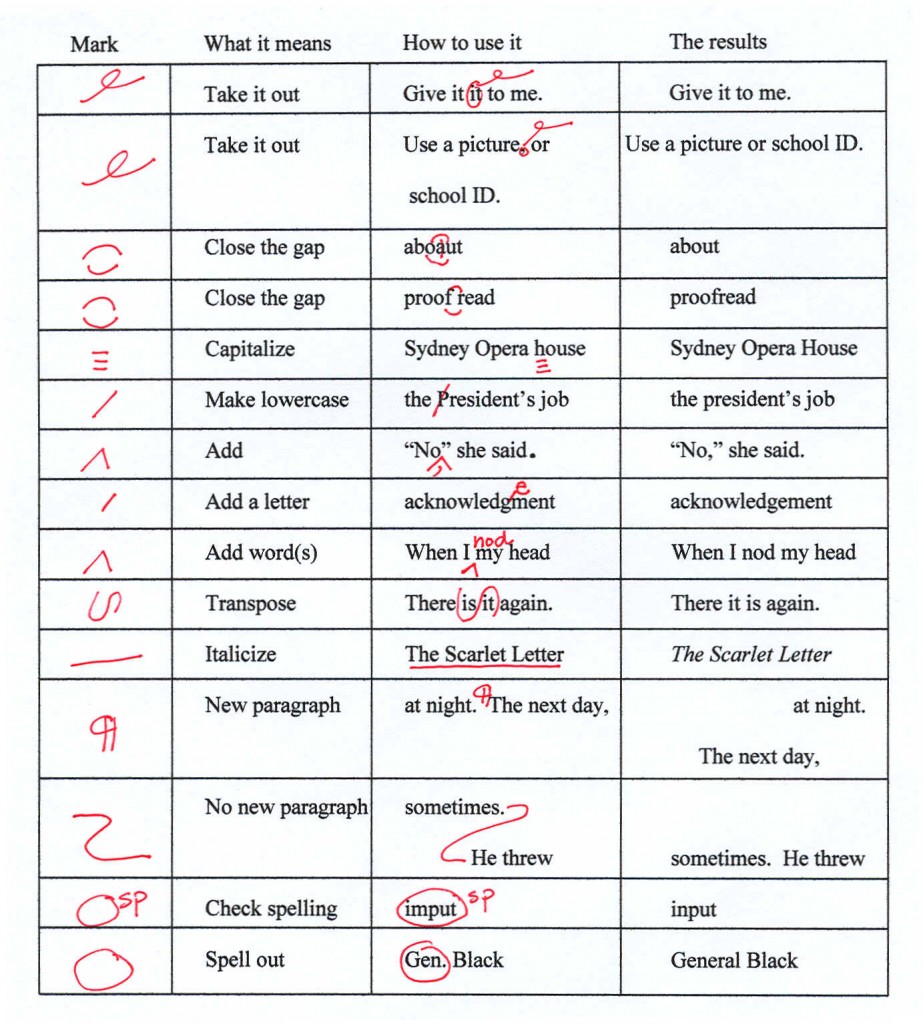We all know the ABC’s are easy as 123. But when it comes
to understanding the complex world of publishing? The answers are often far
from simple. That’s why we’ve created a short guide that’s as accessible as the
alphabet (and hopefully scintillating enough to get the Jackson 5 song out of
your head).
A**B**C**D**E**F**G
Acquisitions:
The press department that decides which books to publish.
Backlist:
Older books still available from a publisher. At OSU Press, our
backlist generally contains titles published more than one year ago.
Copyright:
A tricky subject! Designates ownership of the book’s printed material. 
Distributor:
A middle-man organization that sells to retailers as opposed to
consumers. We at OSU Press use the Chicago Distribution Center to store and
process most of our books and sales.
E-book: The
digital version of a published work. We proof our e-books on both Kindle and
iBooks formats.
Frontlist:
Newer titles published a press. Given the definition of “backlist”
described above, this generally includes titles published in the last year. For further clarification, browse our catalog to see how books have been
divided.
Grayscale:
OSU Press books that only contain black and white images are printed
right here  in the United States. The printing process is faster (and more
in the United States. The printing process is faster (and more
economical!) than that of books with color images.
Hardcover:
Although some of our titles feature hardcover bindings, most OSU Press
books are published in paperback.
ISBN (International
Standard Book Number): Essentially the
literary version of a Social Security Number. A 13- or 10-digit number that
uniquely identifies a title.
Journals:
Although many academic presses publish journals, OSU Press currently
does not.
Knowledge:
It’s power! And here at OSU Press, we try to bring empowerment of the regional variety, focusing mostly on works that incorporate the history,
regional variety, focusing mostly on works that incorporate the history,
culture, and environment of the Pacific Northwest.
Line
Edits: Comments and corrections made by editors who focus on more
than just grammatical errors. Overall tone and style are also considered,
leading to more detailed and nuanced suggestions.
Mighty
M’s: Mary, Marty, and Micki—the lovely ladies who keep OSU
Press running and relevant!
Networking:
Presses must interact and make connections not only among colleagues,
but with manufacturers, retailers, publicists, and distributors, as well. OSU
Press employees attend several conferences and trade shows each year to
network.
Out of
Print: A book is only labeled “out of print” once inventory is
depleted and no republication plans exist.
Page
Proofs: One of the final stages before publication! Page proofs
show everything  exactly how it will appear in the printed book, including
exactly how it will appear in the printed book, including
layout, color, and page numbers. These are often used for creating finalized
indexes.
Questions:
As a press, we receive all sorts of questions from writers and readers
alike. Authors have several resources available through the Author Marketing
Guide, but where should readers go when they have pressing questions? Email us
at osu.press@oregonstate.edu and we’ll get back to you in a jiffy.
Reviews: Before
publication, we send review copies of the manuscript to respected peers within
the author’s field of work. Just like a scientific study, it’s important that
academic books be tested and studied by other professionals before being
published.
Slush: Nope,
nothing like the blue raspberry-flavored goodness you find at 7-11. This refers to the batch of unsolicited pitches and manuscripts sent to our acquisitions
to the batch of unsolicited pitches and manuscripts sent to our acquisitions
department.
Trade: Generally
referring to the non-academic side of publishing, which includes large
publishing houses and literary agents (and staff lists many times the size of
that at OSU Press!).
University
Presses: Publishing houses directly affiliated with an academic
institution that typically focus on scholarly works.
Value: Myriad
factors determine the end price of a book, including printing and
transportation costs, as well as the amount of time spent on writing, editing,
and design.
Website: Found a
book you liked on our website? Simply click the “add to cart” bar and pay
online for the quickest way to receive your purchase. And if you prefer
browsing the aisles of a brick-and-mortar bookstore? OSU Press titles are sold
in dozens of shops across the nation, including the world-famous Powell’s.
X-out: Need to
cross something out of a draft? Simply draw a line with a loop to signal the deletion of a word or phrase. We use a bevy of special marks when proofreading and editing drafts.
deletion of a word or phrase. We use a bevy of special marks when proofreading and editing drafts.
You: As a
reader, you’re the key to academic presses’ longevity and success! We exist to
perpetuate and expand scholarly conversations; without interest from
participants like you, our publishing houses would quickly become obsolete.
Zoo: Yup,
sometimes the publishing world can best be described as a zoo (you should see
us all together at the annual Association of American University Presses
conference!). But despite the chaos of deadlines and challenge of evolving
technology, we academic presses are here to stay. Someone has to build the Ark,
right?
A**B**C**D**E**F**G
This blog post made with inspiration from AuthorHouse.
